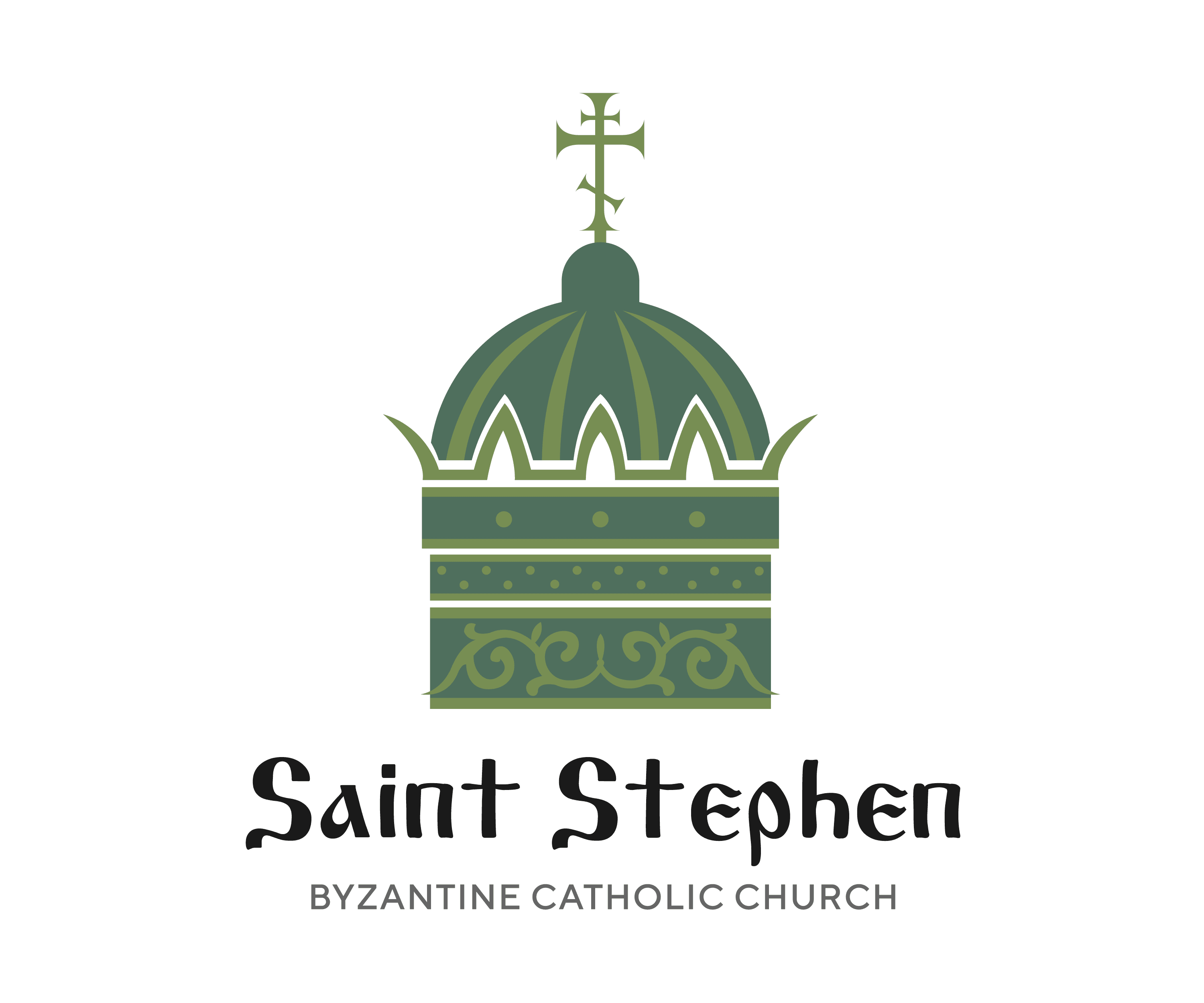Click here to watch a video of this service on our YouTube channel. (Live stream will be at 4pm on June 13th, 2020)
Divine Liturgy for Saturday of Alleluia.
Click here to watch a video of this liturgy on our YouTube channel. (Live stream will begin at 10am on Saturday, June 13th, 2020).
People’s book for the Divine Liturgy
Divine Liturgy Propers for Saturday – All Saints and Faithful Departed
Vespers for Saturday of Alleluia. St. Aquilina.
Click here to watch a video of this service on our YouTube channel. (Live stream will begin at 7pm on June 12th, 2020)
Vespers & Divine Liturgy. Onuphrius & Peter. Friday in Tone 8
Click here to watch a video of these services on our YouTube channel. (Live stream will begin at 6:30pm on June 11th, 2020)
Great Vespers & Divine Liturgy for 🕂The Holy Apostles Bartholomew and Barnabas.
Click here to watch a video of these services on our YouTube channel. (Live stream will begin at 6:15pm on June 10th, 2020)
- « Previous Page
- 1
- …
- 143
- 144
- 145
- 146
- 147
- …
- 188
- Next Page »
